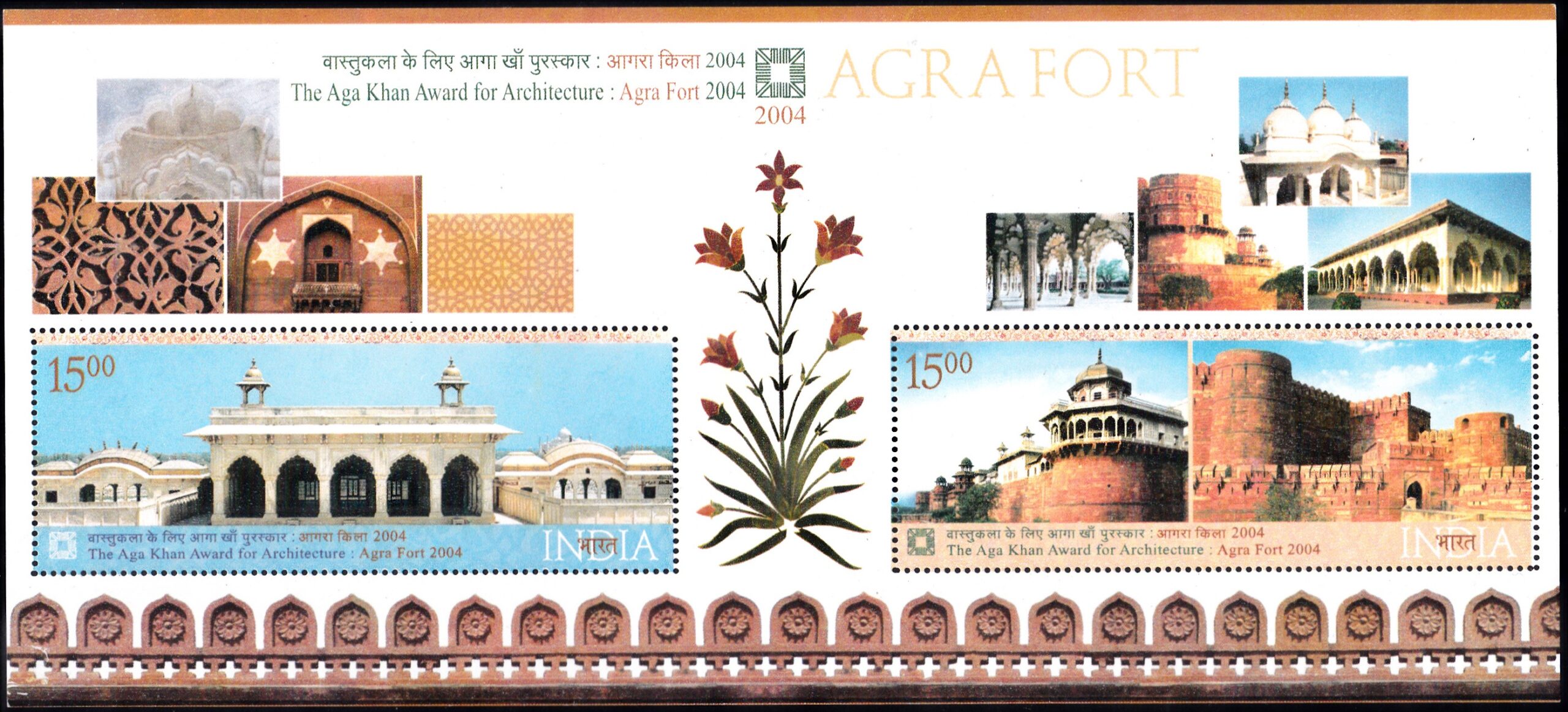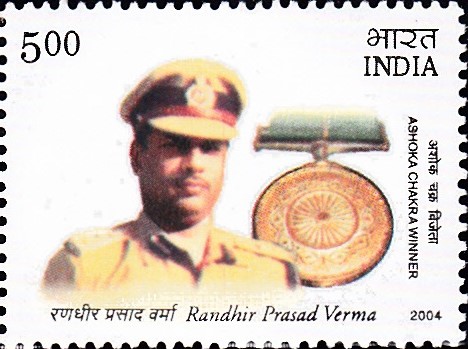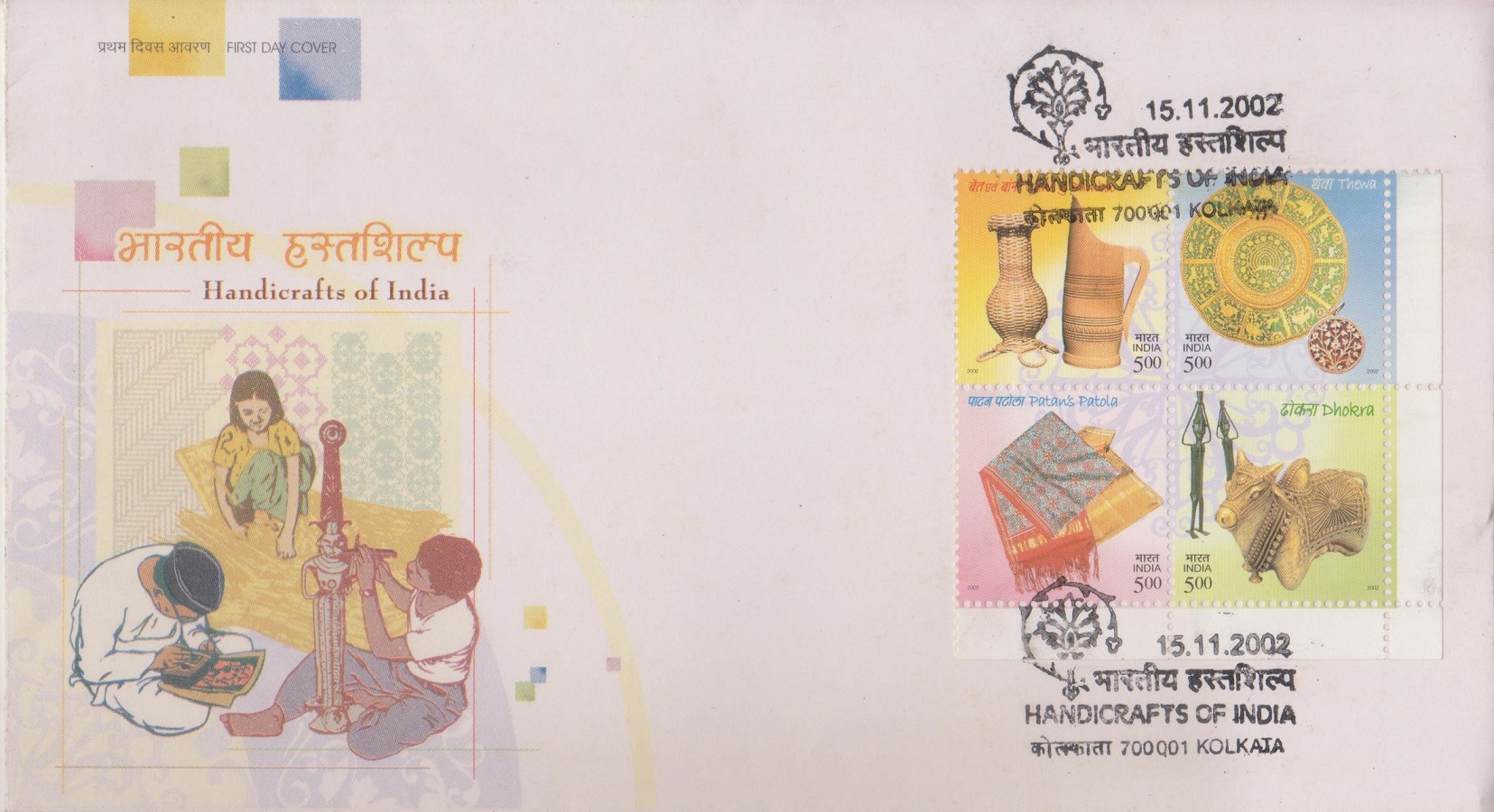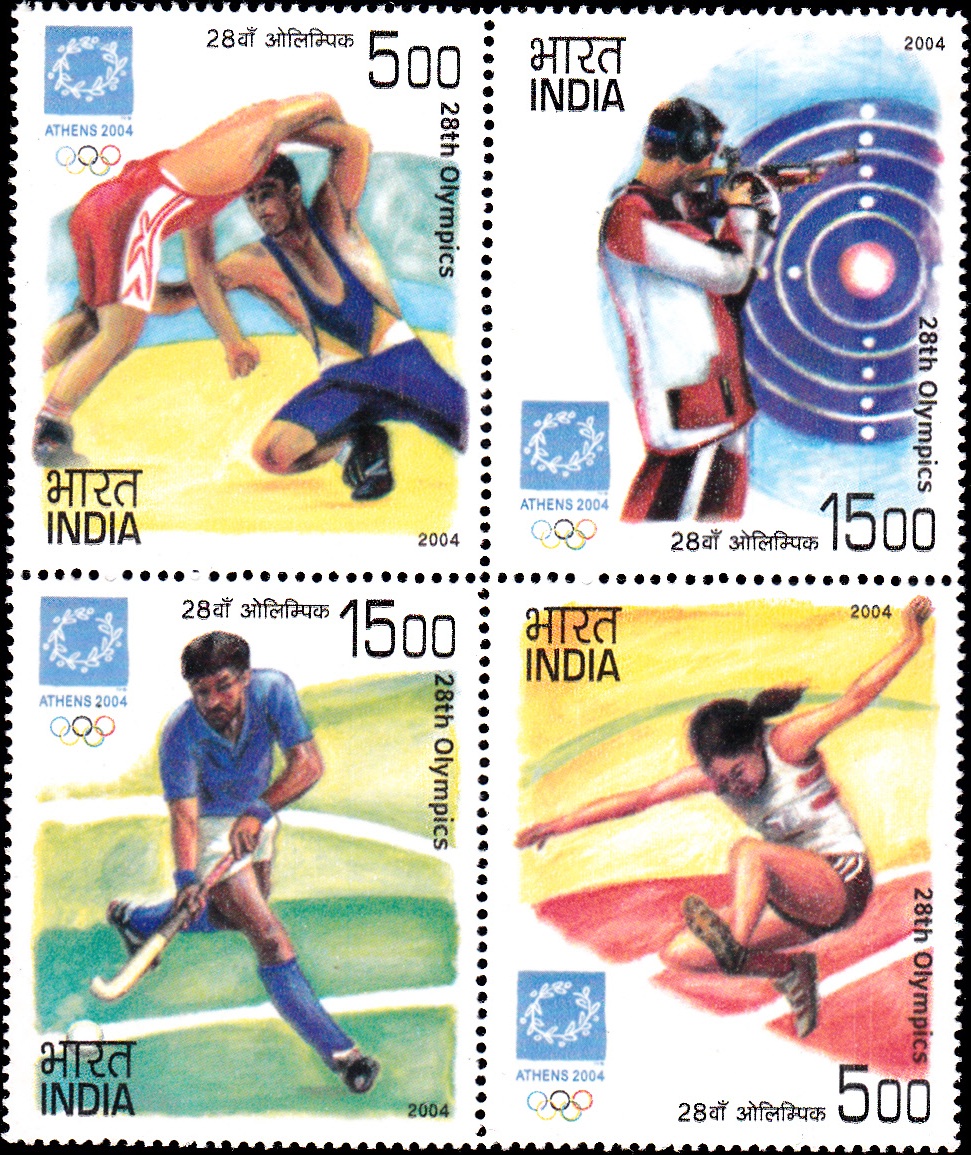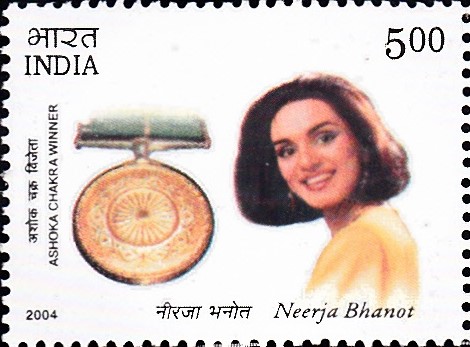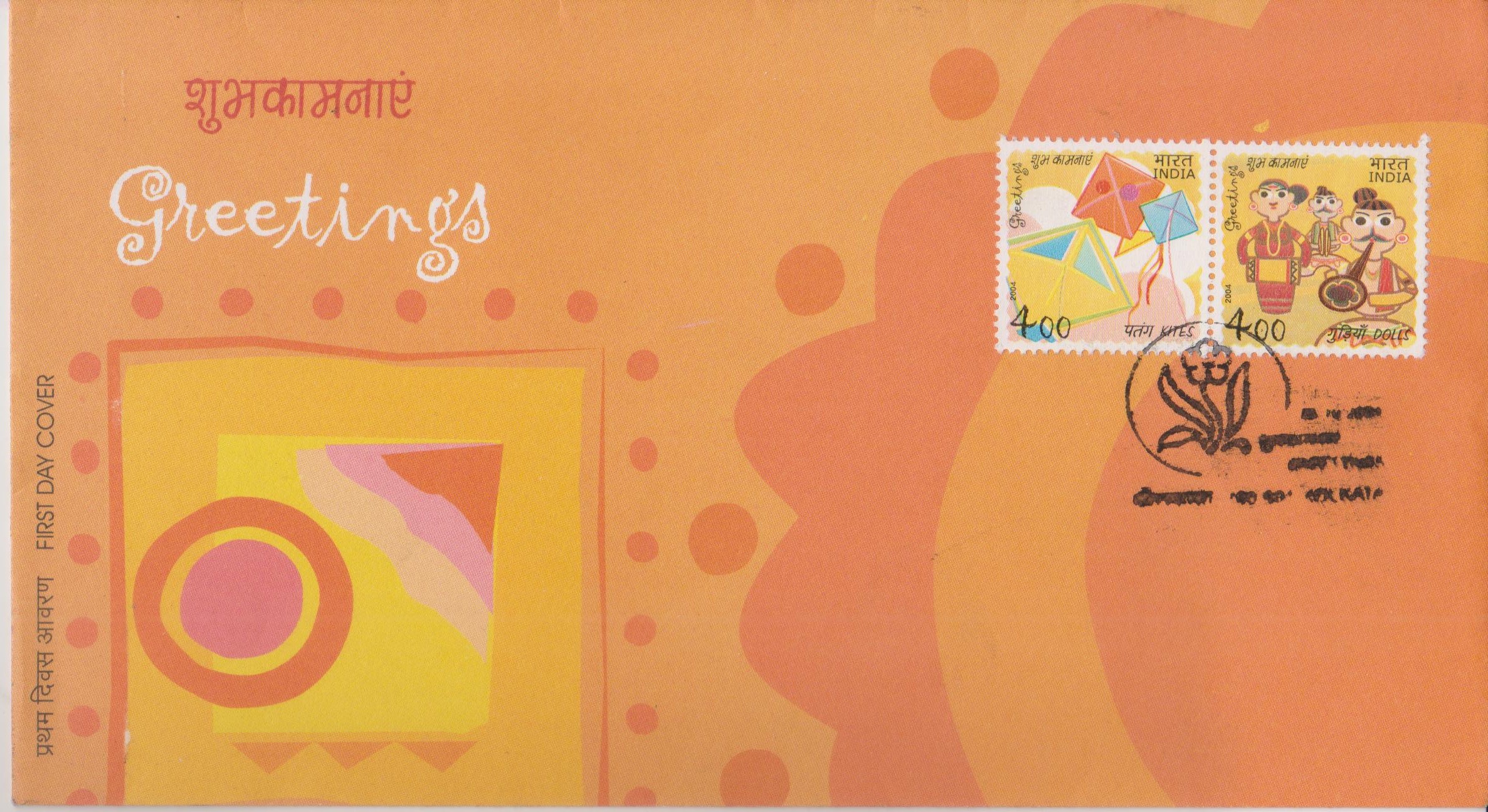
India Greetings 2004
Complete Set of 2 nos of postage stamps on the Greetings :
 Issued by India
Issued by India
Issued on Oct 25, 2004
Issued for : To join the festive spirit, the Department of Posts is happy to issue a set of two commemorative postage stamps on the theme of Greetings.
Credits :
Stamp & FDC : Kamleshwar Singh
Cancellation : Alka Sharma
Type : First Day Cover
Colour : Multi Colour
Denomination : 400 & 400 Paise
Print Quantity : 8 Million each
Printing Process : Photogravure
Printer : India Security Press, Nashik
About :
- Greetings, a medium of expressing emotions and feelings, have been playing a vital role not only to celebrate and strengthen relationships but also in social interactions. The exchange of greetings has now become a very common phenomenon in celebrating important occasions. Over the centuries, greetings have assumed myriad forms and shapes from letters written on leaf and bark scrolls, to greetings on gold, silver and copper plaques and modern day greetings by post and electronic medium.
- History has recorded the prevalence of greetings in ancient Egypt and Rome where the New Year was marked by the exchange of symbolic presents of scent, laurel or olive branches coated with gold leaf etc. This practice continued and further developed. A fresh impetus was given to this form of expression with the advent of the printing press, and with the coming of the penny post in 1840, greetings became a common feature and have ultimately become a part of the social matrix, gathering increasing connotation as they passed through the centuries. The modern day greeting cards crystallised in 1843 when the first Xmas card with Season’s greetings was designed in the United Kingdom. The commercial production of greeting cards became fully established by the 1860s.
- India is a land of festivals. Almost all festivals like Diwali, Holi, Pongal, Durga Puja, Baisakhi, Christmas, Bihu, Id etc. are marked by sending of greeting cards through the post which is the most popular and predominant mode of transmission. They are now also used to express a gamut of emotions; love, friendship, sympathy, affection and for conveying congratulations and thanks. Greetings stamps introduced and issued from time to time by the Department of Posts since 1990 carry out the role of harbingers of glad tidings. It is a fact that the visual image leaves a more lasting imprint than the printed word.
- In the festive season, a set of two stamps on the theme of kites and dolls is being brought out for greetings. In India, kites and dolls have been a part of our traditions and cultural beliefs. In a small but significant way, these postage stamps at the first glance convey the feelings that have gone into sending the missive.
- Dolls are the beautiful medium through which the rich cultural heritage through the ages are vividly depicted, although the medium of expression has diffused from stone and canvas to cloth and celluloid. Dolls of various types have fascinated men, women and children all over the world. The history of India beginning from the ancient times to the modern is reflected in its variety of dolls. Dolls act as cultural ambassadors and have evolved through the 5,000 years of Indian civilisation. Today, dolls not only provide a diversion but a colourful canvas for depicting Indian life in its plethora of regional and cultural diversities.
- Kites have been objects of interest and fascination to people throughout the world. The exact origin of kiting is unknown, but it is believed that kites were flown in China 2,000 years ago. Every country has its own style and purpose of flying kite. In India, kiting is a part of a great social festival. The earliest evidence of Indian kite flying comes from miniature paintings from the Mughal period. In the 18th and 19th centuries, kites were used as tools for scientific research. Kite played a significant role in helping us understand some of the great aerodynamic principles and today we are able to fly high with the airplanes, parachutes, gliders etc. which uses the same aerodynamic principles. Nothing can beat the excitement of flying a kite with the friends and family. The festivity is splashed on the sky through the colours of the kites as much as the din associated with kite flying.
Subscribe
Login
0 Comments


